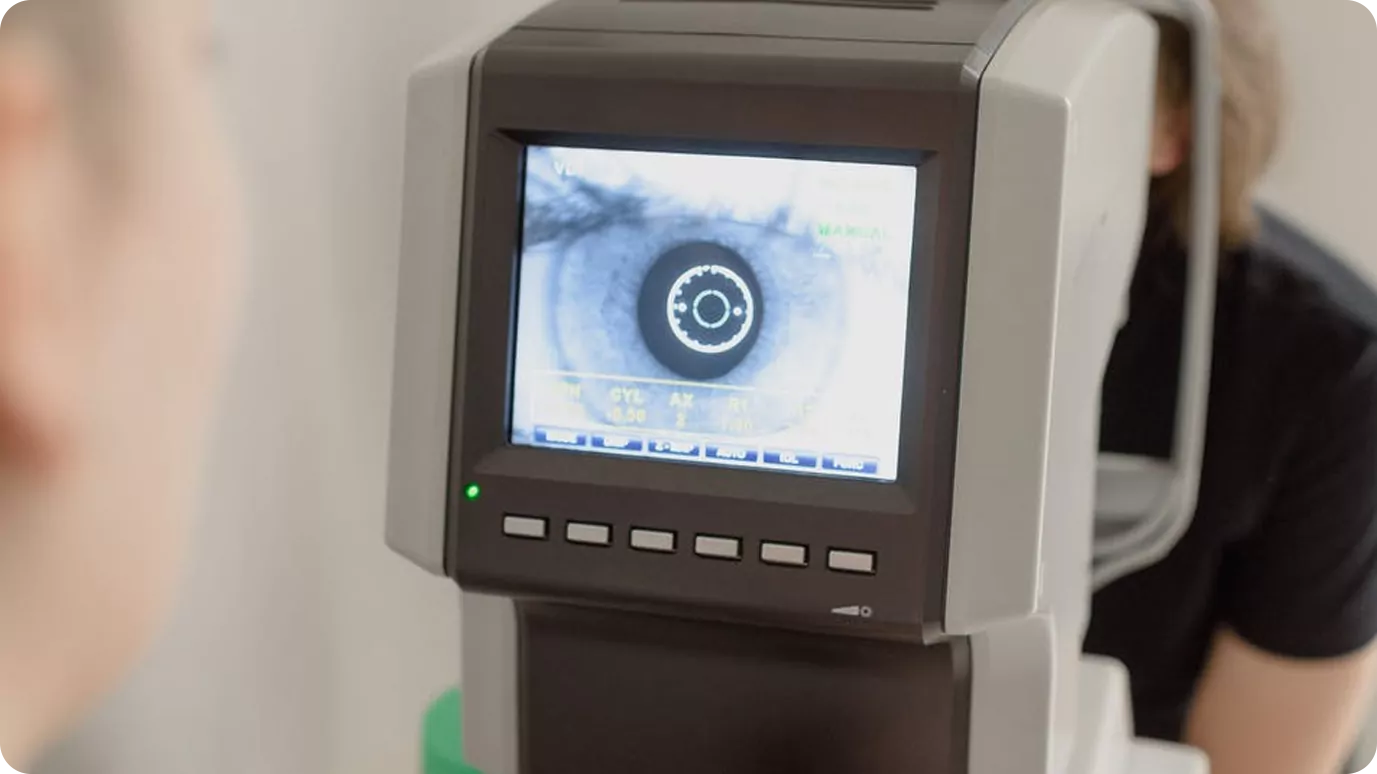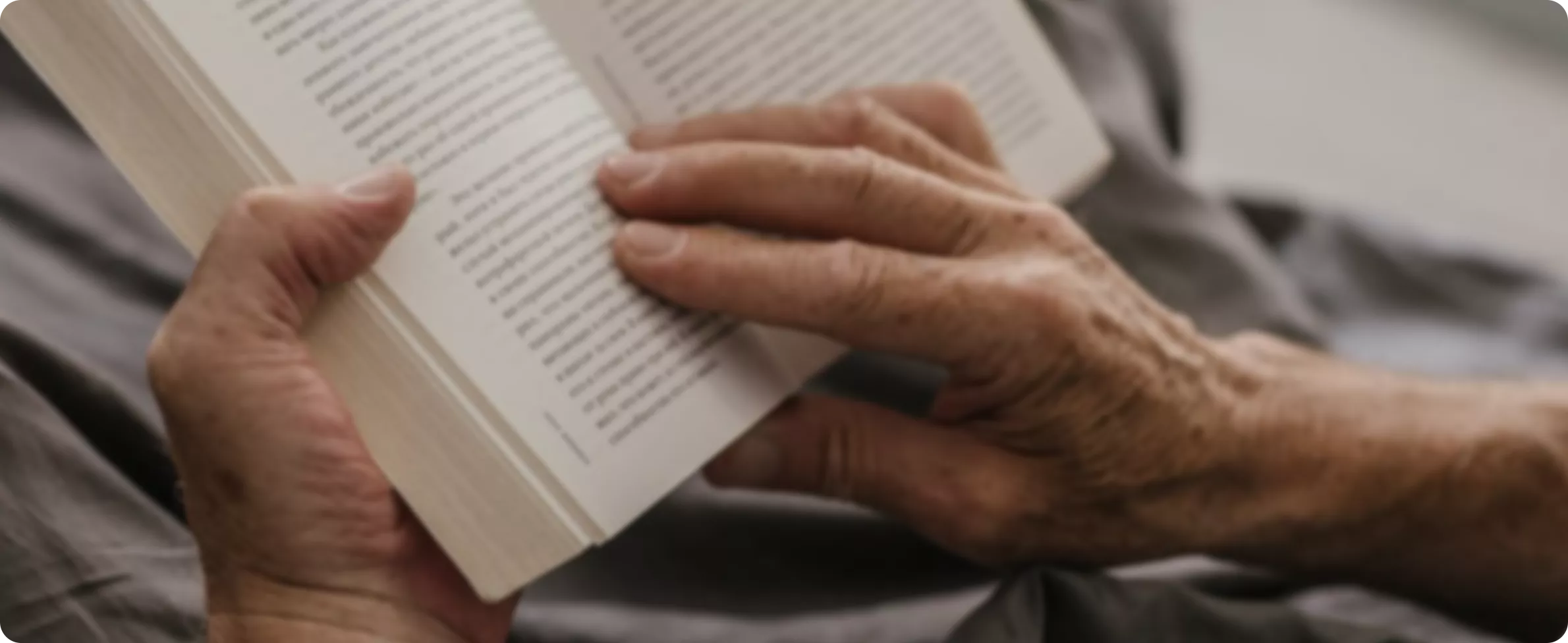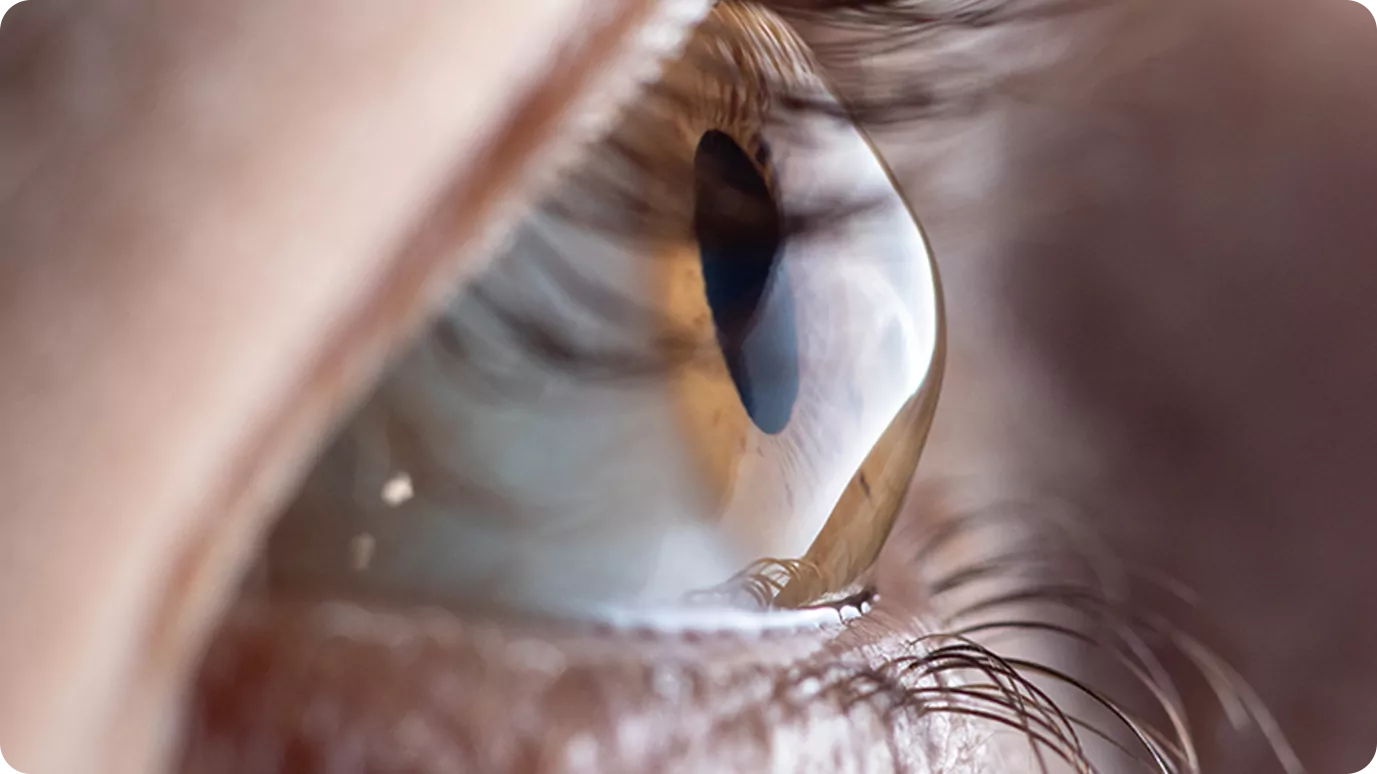Myopia (or short-sightedness) is when near objects are easier to see than distance objects. Research currently suggests that it is caused by both environmental factors (e.g. prolonged near work) and genetic factors.

The science behind myopic progression is complex and numerous studies have been performed in this area. Over the past decade there have been significant advances in this field such that we now have a better understanding of what causes myopia to progress. Researchers now believe that a major factor in the progression of myopia is peripheral hyperopia (or long-sightedness). The eye elongates as a result of this peripheral hyperopic defocus which in turn causes an increase in the central myopia.

Myopia control is the term used to describe the various treatments that are used to slow or prevent progression of myopia in children.
Global rates of myopia have increased to epidemic levels. High myopia is associated with an increased risk of potentially sight-threatening problems such as glaucoma, retinal detachment and cataract.

There have been many different proposed myopia treatments in children and these include multifocal spectacles, multifocal contact lenses, orthokeratology, pharmacological eye drops, under-correction of the myopia and rigid contact lenses. Some are more effective than others and certain treatments – such as under-correcting the myopia – have actually been shown to increase the rate of myopia progression.
The best methods currently available are Atropine eye drops, multifocal soft contact lenses and orthokeratology (also known as corneal refractive therapy or Ortho-K). The largest positive effect for slowing myopia progression has been observed with the use of the Atropine eye drops (60-70% effective), while Ortho K and multifocal soft contact lenses have been shown to be effective in about 40-50% of cases.
Atropine is an anti-muscarinic drug that causes pupil dilation and cycloplegia (loss of accommodation). Originally this drug was thought to reduce myopic progression by eliminating accommodation, but it has since been shown to be a local retinal effect that slows myopia progression. Atropine will cause the side effects of increased light sensitivity and blurred vision at near as a result of the pupil dilation and cycloplegia. Consequently, multifocal spectacles incorporating a photosensitive tint (Transitions) are usually prescribed as an adjunct to the Atropine therapy to help manage these side effects.
Atropine eye drops are used to treat other eye problems such as amblyopia (‘lazy eye’) and ocular inflammation. In a very small number of cases Atropine can cause ocular side effects – such as conjunctivitis and red eye – and it also has the potential to cause adverse reactions systemically and to the central nervous system.
Atropine is usually prescribed in a 1% concentration, however lesser concentrations of 0.1%, 0.05% and 0.01% have been shown to be effective in controlling myopia and obviously these lower concentrations are associated with fewer side effects and reduced risk of both ocular and systemic complications.
These lenses seek to control the progression of myopia by correcting for the peripheral hyperopic defocus (which as discussed above is thought to be a major factor in the progression of myopia). The multifocal contact lens has a central distance portion – which corrects for the myopia – and a peripheral reading addition – which corrects for the peripheral hyperopia.
These multifocal soft contact lenses are similar to those routinely worn to help people over 45 read clearly as well as see far away. The main difference is that the multifocal soft contact lenses used for myopia control have a centre distance and outer near design, while the multifocal soft contact lenses worn by older patients usually have a centre near and outer distance design.
The multifocal contact lenses used for myopia control are a monthly replacement soft disposable lens. The main disadvantage with this treatment is that the multifocal lens design can cause some slight blur to the distance vision – both centrally and peripherally – and this is not always well tolerated by the child.
Ortho-K is the programmed use of rigid contact lenses – which are worn during sleep – to remould the shape of the cornea to reduce or eliminate myopia. In some ways this is similar to the use of dental braces by an orthodontist to straighten crooked teeth. The cornea is highly elastic and always returns to its original shape. For this reason, retainer contact lenses are worn typically four to seven nights per week.
While the procedure for Ortho-K is obviously quite different to the wearing of soft multifocal contact lenses, the mechanism by which Ortho-K controls the progression of myopia is similar in that the corneal shape change induced by this treatment reduces the degree of peripheral hyperopic defocus.
The greatest appeal of Ortho-K is that the patient is not required to wear spectacles or contact lenses during the day. Hence, Ortho-K provides clear, unaided vision through all waking hours while at the same time helping to control the progression of the myopia.
While the initial costs associated with Ortho-K are slightly higher than the other treatments due to the initial fitting process, the ongoing costs associated with each treatment are about the same, being approximately $600 per year.
At this stage there have been no long-term studies published that satisfactorily answer this question, however clinical experience suggests that the child must continue with the myopia control procedure until the end of their teenage years. Alternatively, when the myopia has been shown to be stable for an extended period of about four to five years, then consideration can be given to discontinuing the treatment.
Yes. Myopia control is not about reversing myopia – its function is to prevent the myopia from getting worse.
Quite simply, to ensure your child’s degree of myopia does not become higher. Restricting the myopia to a relatively small amount means less dependency on glasses and – as outlined previously – higher myopia is associated with more potential ocular complications such as retinal detachment, glaucoma and cataract.
Go outdoors! - Studies have shown that spending more than two hours a day outside helps to halt the progression of myopia. We are not certain why, although is it probably related partly to increased levels of vitamin D and dopamine.
Orthokeratology also known as Corneal Refractive Therapy or Ortho-K is the programmed use of contact lenses to remould the shape of the cornea to reduce or eliminate myopic (short-sighted) and astigmatic (irregular surface) errors in the eye.
Ortho-K can treat mild to moderate myopia (short-sightedness), mild hyperopia (long-sightedness), mild astigmatism. Ortho-K vision correction is completely reversible, unlike any type of refractive surgery. It has been shown to reduce the progression of short-sightedness in younger patients, which is important in preventing complications with age including retinal detachment and glaucoma.
No. At present the procedure is only suitable for short-sighted errors of up to 6.00 dioptres and up to 2.50 dioptres of astigmatism. It is important to note that the Ortho-K procedure is reversible. It is in some cases possible to do ortho-k for hyperopia (long-sightedness) but this is more time invasive and has a lower rate of success.
A series of Ortho-K contact lenses made from a highly oxygen permeable rigid material are fitted in progressive stages to gently reshape the cornea towards less curvature and a more spherical shape. This reduces near sightedness (myopia) and astigmatism whilst dramatically improving unaided eyesight. These lenses are generally worn overnight. The full program may require up to ten visits over a six month period. We may perform an 'overnight trial' appointment which means that you can try the lenses and we can assess your inital reaction and your suitability to the Ortho-K process.
As the cornea is highly elastic and always returns to its original shape, retainer lenses will need to be worn four to six nights per week to stabilise the new corneal shape when maximum results have been achieved.
The fees for Ortho-K are $2000 (inclusive of contact lens costs). This fee is not rebatable from Medicare currently. If you decide to proceed with Ortho-k this fee is payable at the time of collection of the first lenses.